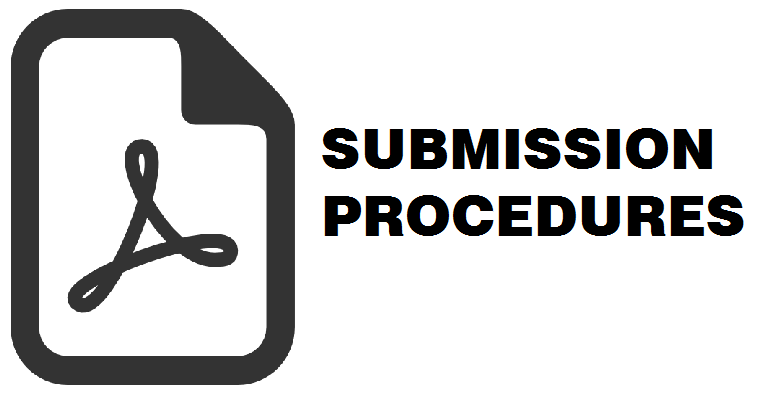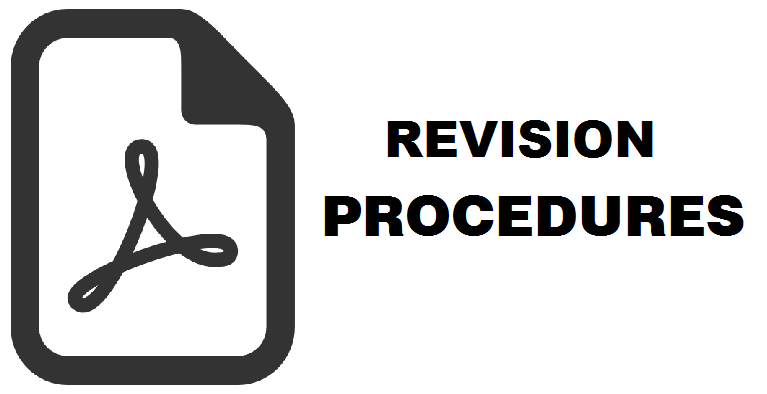Rural Farm and Non-farm Linkages in a Predominantly Manufacturing Region: The Case of Semarang Regency, Indonesia
Puji Hardati(1*), Rijanta Rijanta(2), Su Ritohardoyo(3)
(1) Faculty of Social Science, Universitas Negeri Semarang, Indonesia
(2) Faculty of Geography, Universitas Gadjah Mada Indonesia
(3) Faculty of Geography, Universitas Gadjah Mada Indonesia
(*) Corresponding Author
Abstract
This paper aimed to explore the correlation between the agricultural and non-agricultural sectors in the rural area affected by the manufacturing industry agglomeration of Semarang. Data on agricultural commodities, non-agricultural labor, and economic service facilities were reduced using factor analysis to form the typology of agricultural commodity areas and typology of rural diversification respectively. The two groups of score factors were correlated to predict the magnitude, direction, and significance of the inter-sectoral linkages. Data interpretation was made with the help of agricultural commodity flow data from the selected market. The study confirms the weak linkages between large-scale manufacturing industries and the agricultural economy in the hinterland. The study reflects weak linkages between the agricultural sector and rural diversification, as indicated by the weak correlation between factor scores. A rather strong linkage is shown by dryland agricultural areas associated with inland fisheries and rural diversification associated with tourism.
Keywords
Full Text:
PDFReferences
Ajayi, D.D. (2004). Growth Pattern and The Industrial Development of the Lagos Region, Nigeria. Indonesian Journal of Geography. 36(2). 85-94.
Black, R., Dominic, K., Skeldon, R., Coppard, D., Murata, A., and Schmidt-Verkerk, K. (2008). Demographics and Climate Change: Future Trends and their Policy Implications for Migration. Sussex: University of Sussex. Working Paper T 27. UK.
Booth, A. (2002). The Changing Role of Non-Farm Activities in Agricultural Households in Indonesia: Some Insights From The Agricultural Censuses. Buletin of Indonesian Economic Studies. 38(2). 179-200.
Bosworth, G. and Venhorst, V. (2018). Economic Linkages between Urban and Rural Regions – What’s in it for the Rural? Regional Studies. 52(8). 1075-108.
Directorate General for Agriculture and Rural Development of European Commission, (2015). A Report on Research workshop on Empowerment of rural areas: a research agenda for Horizon 2020 19 February 2015. European Commission. Brussels.
Feng, S. and Patton, M. (2017). Empirical Analysis of Differential Spillover Effects within a Growth Equilibrium Framework: Urban–rural versus Rural–rural Linkages. Papers in Regional Science. 96(4).
FAO IFAD IOM WFP. (2018). The Linkages between Migration, Agriculture, Food Security and Rural Development. Retrieved from (http://www.fao.org/3/CA0922EN/CA0922EN.pdf).
Haggblade, S., Hazell, P., and Brown, J. (1989). Farm-nonfarm Linkages in Rural Sub-saharan Africa. World Developmen. 17(8). 1173-1201.
Hardati, P. (2014). Pola Keruangan Keterkaitan Sektor Pertanian dengan Non-pertanian dan Konsekuensinya pada Strategi Penghidupan Rumahtangga di Kabupaten Semarang. Unpublished Ph.D. Dissertation. Universitas Gadjah Mada. Yogykarta.
Hossain, M. Z., and Haque, M. M. (2010). Climate Change and Rural to Urban Forced Migration in Coastal Regions of Bangladesh: Need for Adaptive Social Protection as a Strategy. International Conference for a Sustainable Greater Mekong Subregion, 26-27 August 2010. Bangkok, Thailand.
Maksum, M. (2009). Kembali ke Pedesaan dan Pertanian: Landasan Rekonstruksi Perekonomian Nasional. Bulaksumur Menggagas Kesejahteraan Sosial. Pemikiran Guru Besar UGM. Penerbit Kanisius. Yogyakarta.
Majule, A. E., Kauzeni, A. S and Mujwahuzi, M. (2013). Exploring Opportunities for Climate Change Adaptation in Semi Arid Areas of Tanzania: A Case of Nzega District in Tabora Region. Institute of Resource Assessment (IRA), University of Dar es Salaam. Dar es Salam.
Kubik, Zaneta. (2017).Climatic Variation as a Determinant of Rural-to-Rural Migration Destination Choice: Evidence from Tanzania. Centre d’Economie de la Sorbonne. Sorbonne.
Mellor, J. (1976). The New Economics of Growth: Strategy for India and Developing World. Cornel University Press. Itacha.
Poapongsakorn, N. (1994). Transformation in the Thai Rural Labour Market, in Koppel, Bruce, John Hawkins and William James (Editors). 1994. Development or Deterioration?: Work in Rural Asia. Lyne Riener Publishers. London.
Rello, F., and Marcel, M. (2002). The Rural Non-farm Economy and Farm/non-farm Linkages in Queretaro, Mexico. pp. 97-120. Benjamin Davis, Thomas Reardon, Kastas G Stomaulis,
Faul Winters. (editor). In Promoting Farm/nonfarm Linkages for Rural Development. Case Studies from Africa and Latin America. Food and Agriculture of The United Nations. Rome.
Rijanta, R. (2006). Rural Diversification and Agriculture in Yogyakarta Special Province: A Friend or Foe?. Indonesian Journal of Geography. Vol. 38. No. 2, December. 2006.
Saith, A. (1989). Location, Linkage, and Leakage: Malaysian Rural Industrialization Strategies in National Perspective. Working Paper Series. No. 56. Publication Office Institute of Social Studies. The Hague. The Netherlands.
Sayogyo. (1993). Pemikiran tentang Kemiskinan di Indonesia. Dari masa Penjajahan Sampai Masa Pembangunan. Prisma. 3. 3-9.
Smith, David Rider. (2013). The Spatial Dimension of the Non-Farm Economy in Uganda. Natural Resource Institute. London.
Solahuddin, S. (2009). Pertanian: Harapan Masa Depan Bangsa. Bogor: Institut Pertanian Bogor.
Ofosuhene, M. (2005). Urban Connections with Rural Areas in Home-based Business: Implications for Sustainable Rural Development in Saskatchewan. Unpublished Ph.D. Dissertation. University of Saskatchewan. Saskatchewan Canada.
Tadele, F., Pankhurst, A., Bevan, P., and Lavers, T. (2006). Migration and Rural-Urban Linkages in Ethiopia: Cases studies of five rural and two urban sites in Addis Ababa, Amhara, Oromia and SNNP Regions and Implications for Policy and Development Practice. London: ESRC WeD Research Programme. United Kingdom.
Article Metrics
Refbacks
- There are currently no refbacks.
Copyright (c) 2020 Puji Hardati

This work is licensed under a Creative Commons Attribution-NonCommercial 4.0 International License.
Accredited Journal, Based on Decree of the Minister of Research, Technology and Higher Education, Republic of Indonesia Number 225/E/KPT/2022, Vol 54 No 1 the Year 2022 - Vol 58 No 2 the Year 2026 (accreditation certificate download)
ISSN 2354-9114 (online), ISSN 0024-9521 (print)









